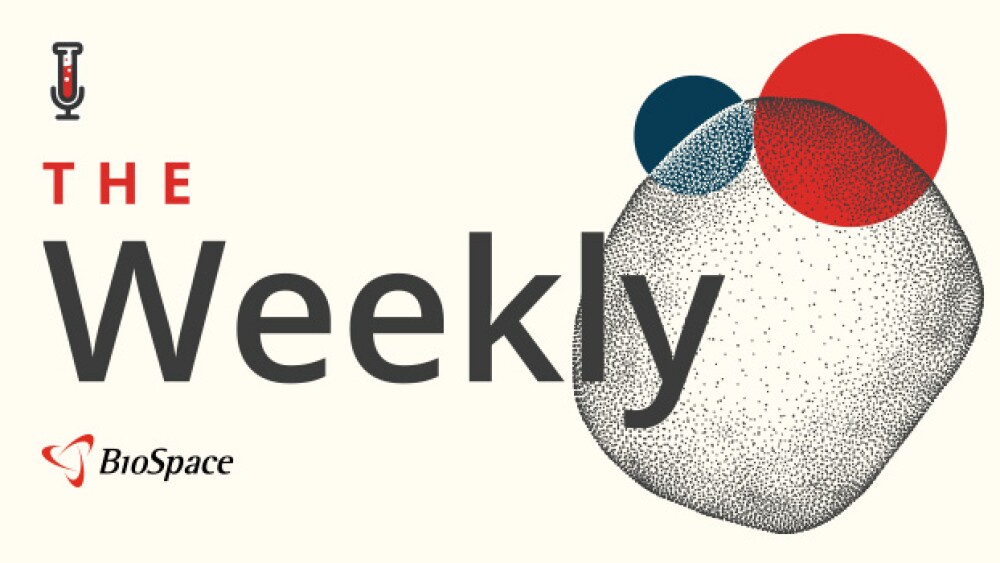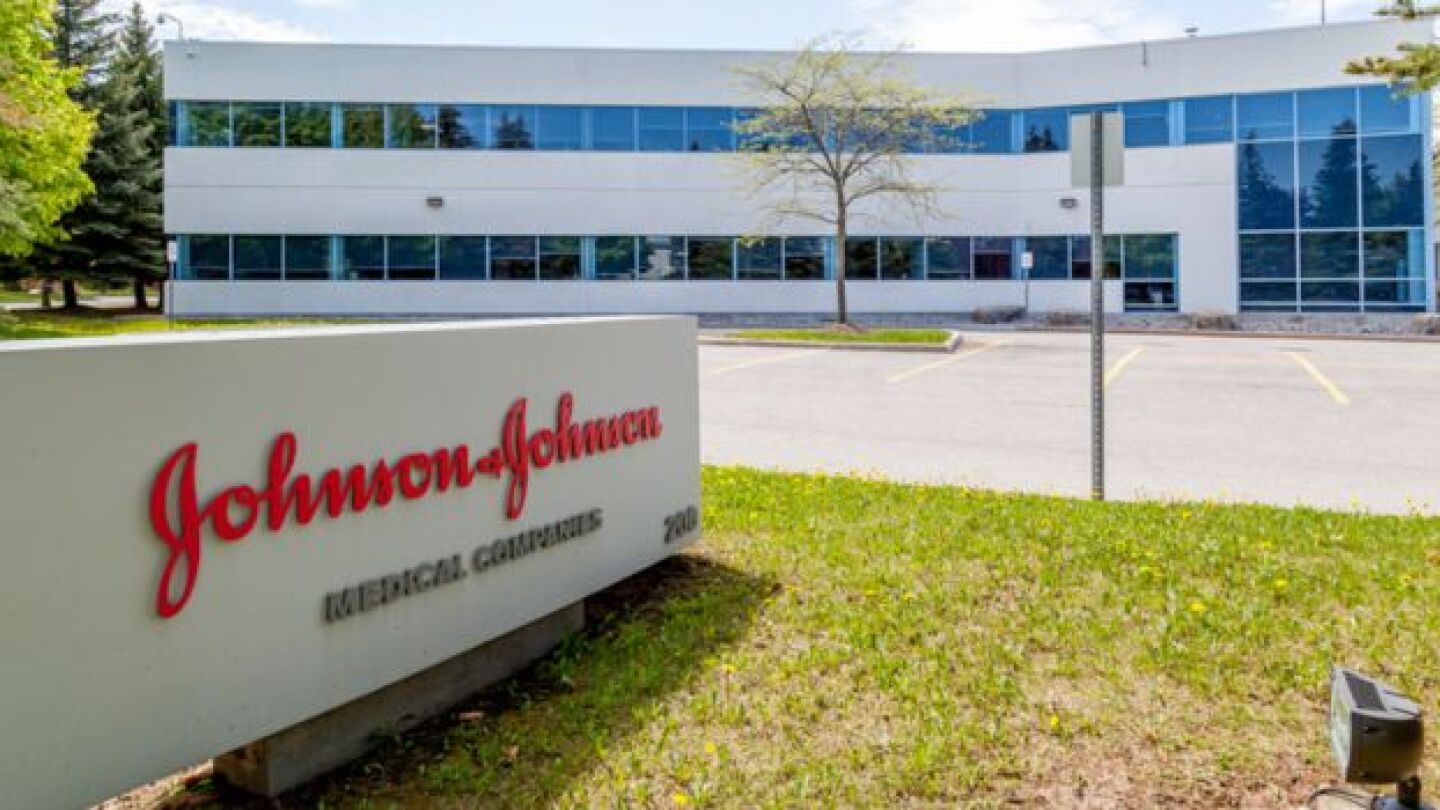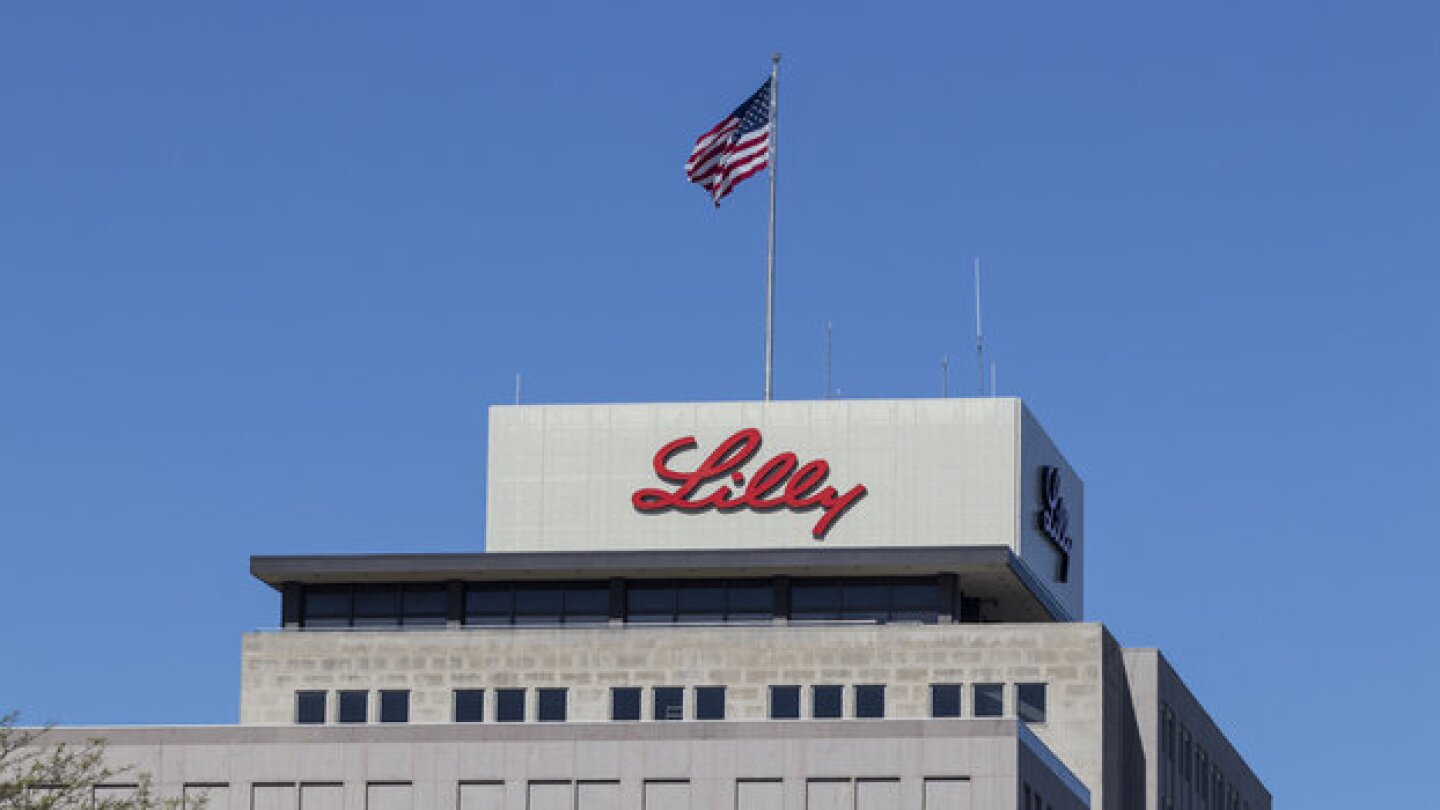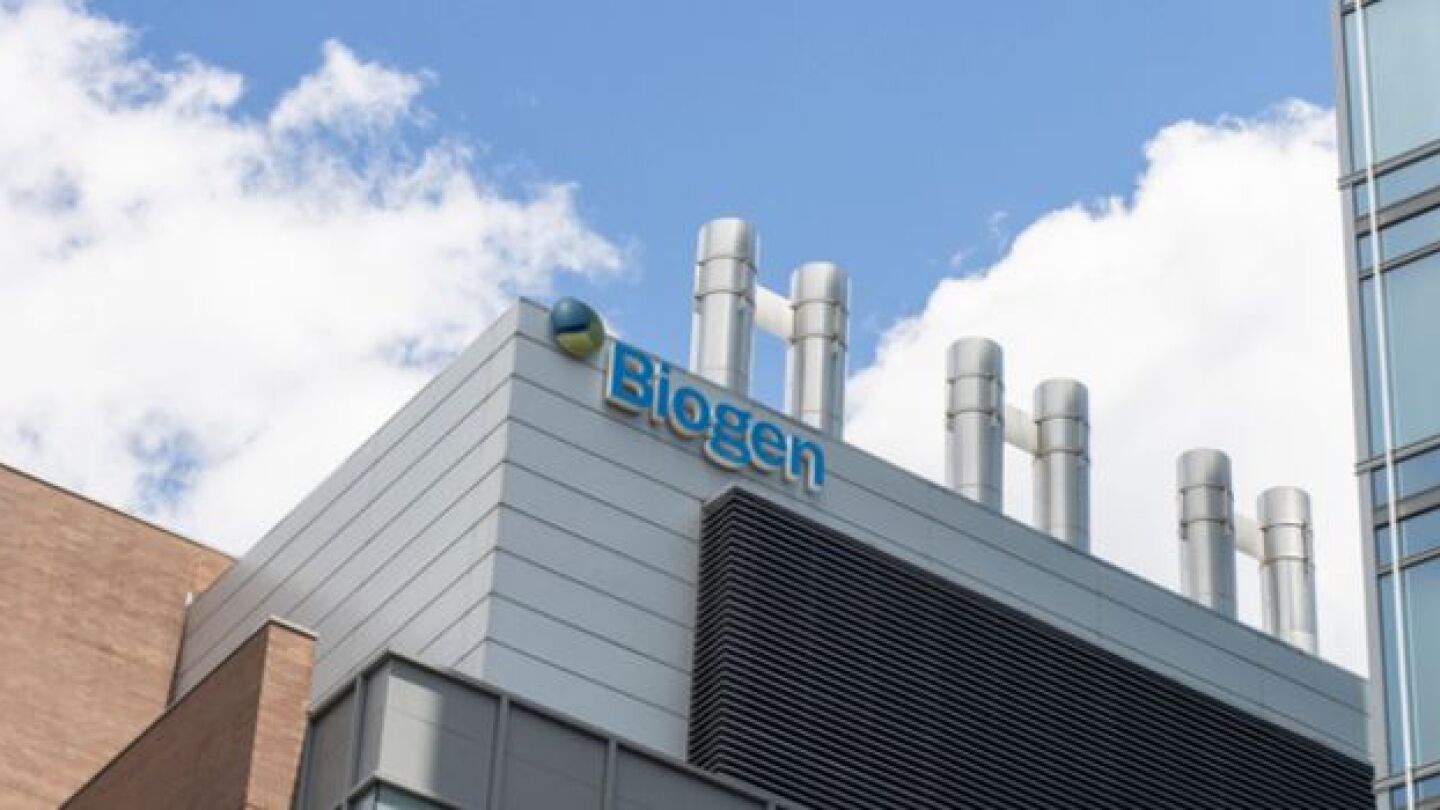News
The U.S. government remains shut down, with the FDA closed for new drug applications until further notice; cell and gene therapy leaders gather for the annual meeting in Phoenix with the field in a state of flux; Pfizer and Amgen will make drugs available at a discount as President Donald Trump’s tariffs still loom; and new regulatory documents show how Pfizer beat out the competition for Metsera.
FEATURED STORIES
Aside from the rare disease market, Novo Nordisk also scored a key regulatory win last month for its blockbuster GLP-1 drug Wegovy, which can now be used to treat patients with metabolic dysfunction-associated steatohepatitis.
After a demoralizing period punctuated by the withdrawal of one of the few marketed therapies for ALS, investment in new biotechs, state-backed collaborative initiatives and buzz at BIO2025 suggest a new day in drug development for one of medicine’s most intractable diseases.
With a flurry of recent Big Pharma investment in radiopharmaceutical therapeutics, the FDA issued draft guidance last month in a move former FDA Commissioner Stephen Hahn sees as the regulator “trying to get ahead on a new set of therapy that they see becoming very important for cancer.”
Job Trends
Takeda announced that the EC approved FRUZAQLA as a monotherapy indicated for the treatment of adult patients with metastatic colorectal cancer who have been previously treated with available standard therapies, including fluoropyrimidine-, oxaliplatin-, and irinotecan-based chemotherapies, anti-VEGF agents, and anti-EGFR agents, and who have progressed on or are intolerant to treatment with either trifluridine-tipiracil or regorafenib.
FROM OUR EDITORS
Read our takes on the biggest stories happening in the industry.
Novo Nordisk, under new CEO Maziar Mike Doustdar, has a new attitude. It’s making Pfizer livid.
THE LATEST
Sanofi Ventures, which now has $1.4 billion in total assets, will focus its investment efforts on early players working in immunology, rare diseases, neurology and vaccines.
If approved, uniQure’s gene therapy AMT-130—which slowed disease progression by 75%—would be the first genetic treatment for Huntington’s disease. A BLA submission is planned for the first quarter of 2026.
The issues the regulator found include the failure to comprehensively review complaints and product defects.
Lilly expects to open 615 high-wage roles in Texas in connection with its new facility, plus around 4,000 construction roles.
The regulatory action marks the second rejection for a spinal muscular atrophy therapy this week after Scholar Rock’s apitegromab was issued a complete response letter on Tuesday, similarly on manufacturing grounds.
The FDA is hoping to repurpose GSK’s Wellcovorin for cerebral folate deficiency; Pfizer acquired fast-moving weight-loss startup Metsera for nearly $5 billion after suffering a hat trick of R&D failures; psychedelics are primed for M&A action and Eli Lilly may be next in line; RFK Jr.’s revamped CDC advisory committee met last week with confounding results; and Stealth secured its Barth approval.
While last week’s recommended changes by CDC advisors to the MMRV vaccine schedule are unlikely to have a tangible effect on Merck’s business, the company said the removal of choice for healthcare providers is “concerning.”
In its rejection letter, the FDA flagged problems at a third-party fill-finish site owned by Novo Nordisk. Issues at this site have previously been investigated by the regulator.
The agency also pointed to the use of Tylenol and other acetaminophen products during pregnancy as being potentially linked to neurological and developmental defects in children, following a press conference Monday in which President Donald Trump did the same.
An advisory committee last year found that Zynquista’s benefit-risk profile in type 1 diabetes was unfavorable due to cases of diabetic ketoacidosis.

















